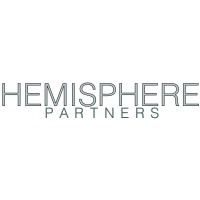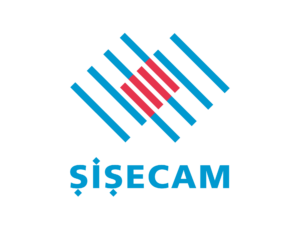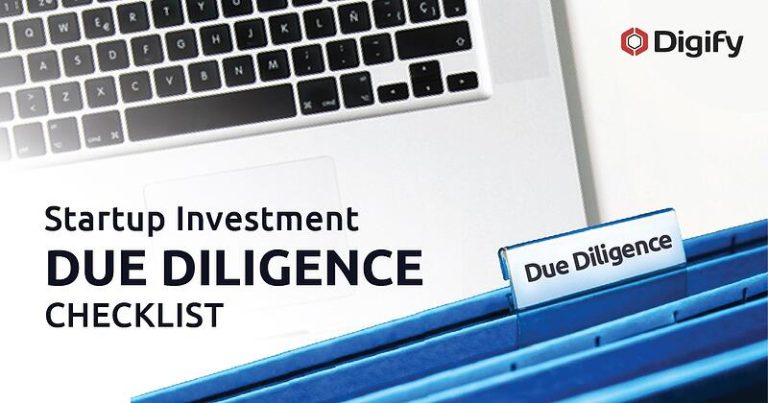Today, M&A deals involve thousands of confidential documents that need to be shared and reviewed by multiple parties simultaneously. Dealmakers need support during these complex deals to optimize and accelerate their M&A processes.
While global Mergers and Acquisitions (M&A) activity is showing early signs of recovery from last year’s dip, dealmakers face intensifying regulatory scrutiny and geopolitical uncertainties, which can slow down deal completion.
Consider this: the average M&A deal takes 6-12 months to complete, with data management being a critical factor in these timelines. According to BCG’s M&A Report, approximately 40% of transactions end up exceeding their estimated closing timelines.
So, how can dealmakers speed up these processes?
With the M&A process becoming increasingly complex and data-intensive, efficient virtual data room (VDR) management is now more crucial than ever. Optimizing your data room management isn’t just about organization — it’s about maintaining deal momentum and accelerating value creation in a complex deal environment.
Here are four actionable tips that can optimize your M&A data room and accelerate your M&A process.
Contents
Tip 1: Establish a Clear and Logical Structure For Your M&A Data Room
A well-structured data room speeds up dealmaking by reducing the time buyers spend searching for information and minimizing redundant information requests. When buyers can quickly locate and review documents in a logical order, they can conduct due diligence more efficiently, leading to faster decision-making and reduced transaction timelines.
Start by mapping out your main folder categories to align with standard due diligence request lists:
- Corporate Documents & Governance
- Financial Information
- Commercial Agreements
- Intellectual Property
- Human Resources
- Legal & Regulatory
- Operational Documents
- IT & Technology
- Real Estate & Assets
- Environmental & Safety
Within these categories, create intuitive subcategories. For example, “Financial Information” should include:
- Annual Financial Statements
- Monthly Management Reports
- Revenue Analysis
- Cost Structure
- Working Capital
- Tax Returns
- Financial Projections
- Audit Reports
The key is striking the right balance in your folder hierarchy. While too many layers can become confusing, too few can result in cluttered folders that are difficult to navigate. Aim for no more than 3-4 levels of hierarchy for rapid navigation while maintaining sufficient organization.
Tip 2: Setup Robust Access Controls for your M&A Data Room
Ineffective access controls cause delays in the M&A process and increase the risk of information leaks that could jeopardize the transaction.
Your virtual data room needs to enable immediate and appropriate access for all file recipients. Proper access controls and permissions reduce time spent managing access requests and facilitate smooth transitions between deal phases.
Map out different user groups involved in the deal process and their required access levels. Consider how these access controls and specific permissions can change throughout stages of the M&A process.
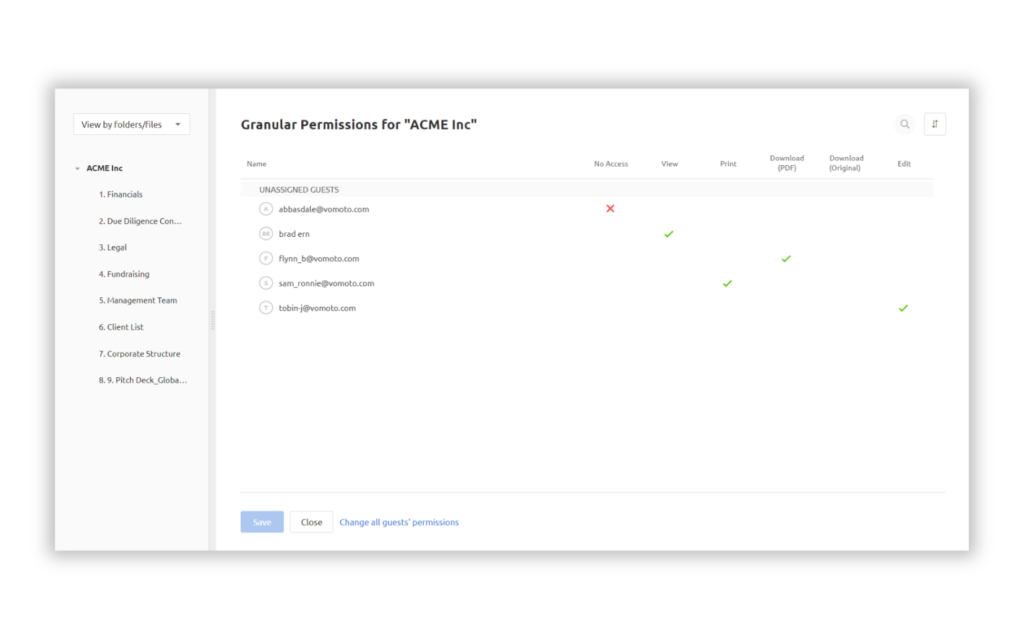
As well as security, robust access control creates an efficient, staged disclosure process that aligns with your deal strategy.
Pro Tip: Once you have established the access and permissions for different user groups in your M&A data room, it’s important that you plan your disclosure strategy.
Progressive disclosure is crucial in the M&A process to maintain deal momentum. Instead of making all documents available immediately, release information in strategic phases.
- Phase 1: Basic company information, high-level financials
- Phase 2: Detailed operational data, key contracts (for potential buyers)
- Phase 3: Highly sensitive information (only for serious bidders who have signed NDAs)
This approach maintains competitive tension while protecting sensitive information until appropriate NDAs are in place and buyer interest is confirmed.
Tip 3: Leverage Analytics and Reporting to Drive Deal Momentum
Data room analytics provide crucial insights into buyer engagement and deal progress. Understanding how buyers interact with your data room allows you to make informed decisions about follow-up, additional information needs, and potential issues. These data-driven insights can accelerate decision making and reduce overall deal time. Key metrics to track include:
User Engagement
When monitoring user engagement, track activity at both group and individual levels. Document access patterns reveal which teams are most thoroughly engaging with your data room contents.
- Login frequency and duration can help identify the most active participants
- Time spent per document helps understand where buyers are focusing their due diligence efforts
- Download activity indicates which materials are being subjected to deeper analysis
- Search queries provide insight into what information buyers are actively seeking but may not have found
Behavioral Patterns
Several key behavioral indicators can help you identify serious potential buyers.
- Sequential document review that follows a standard due diligence checklist often indicates a methodical and serious approach to the process
- Deep dives into specific areas may signal particular interests or concerns that warrant follow-up
- Regular access by senior team members typically indicates high-level commitment to the deal
- Consistent engagement over time suggests sustained interest rather than casual exploration
Pro Tip: Analytics should directly inform how deal team resources are allocated. Priority attention should be directed toward the most engaged buyers, as indicated by their activity levels and interaction patterns.
Response protocols should be weighted toward active reviewers who demonstrate serious interest through their behavioral patterns. Subject-matter-expert (SME) time should be allocated based on observed activity patterns and areas of buyer focus. Schedule follow-up meetings and additional information sessions based on engagement data and demonstrated areas of interest or concern.
Tip 4: Use Q&A Features to Address Concerns Efficiently
An efficient question and answer (Q&A) system during due diligence processes reduces deal timelines and improve buyer engagement. M&A data rooms with built-in Q&A functionality decrease response time from days to hours and enable parallel processing of multiple inquiries.
To maximize efficiency, set clear Q&A protocols, such as:
- Designating a point of contact to manage and coordinate the Q&A process
- Appointing subject-matter-expert (SME) teams for different focus areas setting expectations for response times
- Creating a standardized format for submitting questions
- Establishing a clear SME process and escalation path. Having daily Q&A review meetings to track responses
Monitor and analyze Q&A patterns to improve the M&A process and track FAQs to identify and plug information gaps. Multiple questions about specific contracts often indicate potential deal concerns. For instance, repeated financial queries may suggest gaps in initial disclosure.
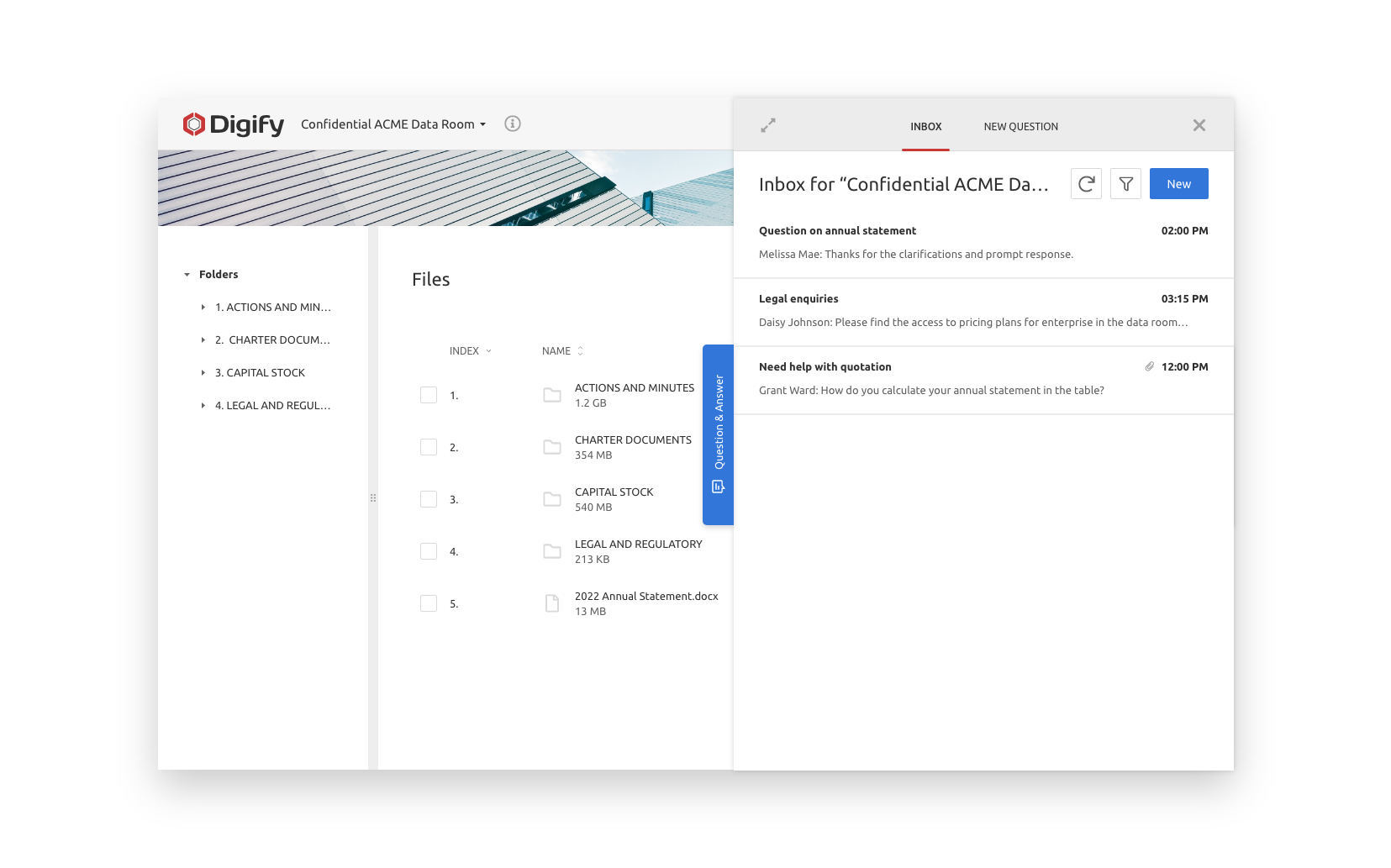
*Only available on Team plans and above.
Pro Tip: You can use question patterns to anticipate additional document requirements. Technical questions about systems often precede integration planning, while HR-related questions typically spike before deal announcement. Getting these documents ready and organized in your data room will help speed up your M&A deal.
How Digify Speeds Up Your M&A Process
While these four tips provide a framework for accelerating your M&A process, implementing them effectively requires the right virtual data room solution. This is where Digify makes a significant difference.
Digify offers a comprehensive solution for managing your M&A process efficiently. Our intuitive virtual data rooms are easy to set up for securely sharing documents throughout the deal process, and tracking who has viewed each file. Digify simplifies communication and engagement with investors while ensuring enterprise-grade security for distributing documents at scale.
Key features include:
- One-link access for easy document sharing
- User-friendly interface for quick setup and management
- Advanced security features with granular access controls
- Efficient Q&A management
- Comprehensive analytics and reporting
Companies including G Squared and JLL have successfully managed their due diligence processes using Digify’s secure and intuitive platform.
Experience the difference yourself with our 7-day, obligation-free trial.







